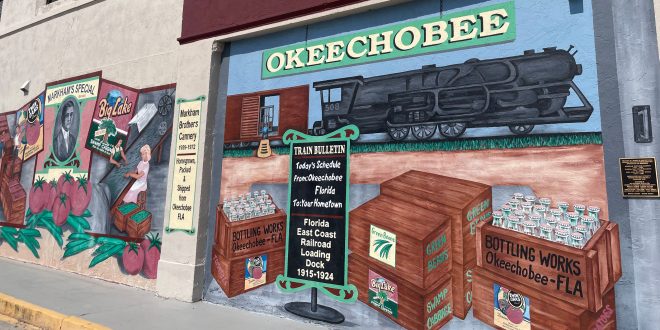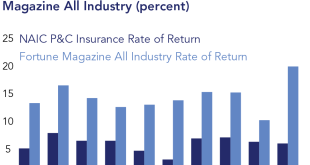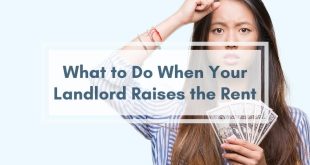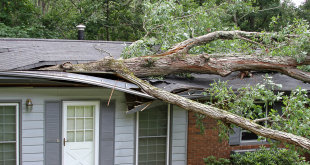Florida’s home insurance situation is a mess, right? It’s not just about higher prices; it’s hitting the poorest counties the hardest. Can you imagine working hard to own a home only to face financial ruin because the insurance costs more than your mortgage? It’s a real problem, and we need to talk about how it’s making life even tougher for those who are already struggling.
The Anatomy of the Crisis: Rising Premiums and Limited Options
So, what’s causing all this chaos? Well, it’s a mix of things, really. Premiums are sky-high, and finding a company that will even cover you is like searching for a unicorn. Let’s break down why this is happening and how it’s turning the dream of homeownership into a nightmare, especially in the counties that can least afford it.
The Role of Natural Disasters and Climate Change
Florida is no stranger to hurricanes and flooding, that’s for sure. But are these events becoming more frequent and intense? It certainly feels that way. Insurance companies are definitely taking notice, and they’re adjusting their rates to reflect the increased risk. Makes sense, I guess, but what about those who’ve lived in their homes for decades and suddenly can’t afford to stay? It’s a tough pill to swallow.
Insurance Company Failures and Market Instability
You’ve probably heard about insurance companies pulling out of Florida or even going bankrupt. It’s not exactly reassuring, is it? This instability makes the remaining insurers even more cautious, leading to higher premiums and stricter coverage terms. It’s like a domino effect, and unfortunately, homeowners are the ones getting knocked down.
Impact on Homeownership Rates in Poorer Counties
Homeownership is often seen as a path to building wealth, but what happens when the cost of maintaining that home becomes unsustainable? In poorer counties, we’re seeing a decline in homeownership rates as people are forced to sell or face foreclosure. It’s a vicious cycle, and it’s eroding the economic foundation of these communities. Is there a way to stop it?
Disparities Amplified: How the Crisis Affects Low-Income Residents
This isn’t just a general problem; it’s a problem that disproportionately affects those with the least resources. When every dollar counts, a sudden spike in insurance premiums can be devastating. Let’s look at the specific ways this crisis is making life harder for low-income Floridians.
The Burden of Increased Premiums on Tight Budgets
Imagine having to choose between paying for your home insurance and buying groceries or medication. It’s a horrible choice to have to make, but it’s the reality for many low-income residents in Florida. When a significant portion of your income goes towards insurance, it leaves very little for everything else.
Challenges Accessing Affordable Coverage
Finding affordable coverage is a challenge for everyone in Florida right now, but it’s even harder for those with limited income or credit. Many insurers require high credit scores or substantial down payments, effectively shutting out those who need help the most. Where do you even start when you’re already behind?
Risk of Foreclosure and Displacement
Falling behind on insurance payments can lead to foreclosure, which can result in displacement and homelessness. This is especially concerning in poorer counties where affordable housing options are already scarce. The thought of losing your home because of something like insurance is truly terrifying.
State and Federal Response: Are Solutions Addressing the Problem?
The state and federal governments have introduced some measures to address the home insurance crisis, but are they really helping those who need it most? It’s a fair question. Let’s take a look at what’s being done and whether it’s making a difference on the ground.
Overview of Current Legislation and Programs
There are programs aimed at providing financial assistance to homeowners and stabilizing the insurance market. But sometimes, it feels like these initiatives are just band-aids on a much larger wound. We need to ask ourselves if these solutions are truly addressing the root causes of the crisis.
Effectiveness in Reaching Affected Communities
Even the best programs are useless if they don’t reach the people who need them. Are these initiatives effectively reaching the poorer counties that are hardest hit? Are there barriers that prevent residents from accessing assistance? It’s crucial to ensure that these resources are actually getting to the right people.
Criticisms and Calls for More Targeted Support
Many people argue that current efforts aren’t doing enough to protect vulnerable homeowners. There are calls for more targeted support, such as subsidies for low-income residents and stricter regulations on insurance companies. Is anyone really listening?
Community-Based Solutions: Local Initiatives and Advocacy Efforts
While state and federal solutions are important, community-based initiatives can also play a vital role in helping homeowners navigate this crisis. Local organizations are stepping up to provide assistance, education, and advocacy. It is something, at least.
Grassroots Organizations Providing Assistance
Grassroots organizations are often the first line of defense, providing direct assistance to homeowners facing insurance challenges. They may offer financial aid, legal advice, or simply a listening ear. These groups are unsung heroes, and the work they do matters.
Educational Programs on Homeowner Rights
Many homeowners are unaware of their rights or the options available to them. Educational programs can empower residents to make informed decisions and advocate for themselves. Knowledge is power, after all.
Advocating for Policy Changes at the Local Level
Local advocacy can be a powerful tool for driving policy changes that benefit homeowners. By organizing and speaking out, residents can influence local officials and demand action. It’s their voices that need to be heard.
Looking Ahead: Towards a More Equitable and Sustainable Insurance Market
The Florida home insurance mess isn’t going to fix itself overnight. We need to think long-term and work towards creating a more equitable and sustainable market that protects all homeowners, especially those in the poorest counties. What does that future look like?
Potential Long-Term Solutions
Some potential solutions include investing in climate resilience, reforming insurance regulations, and creating public insurance options. These are complex issues, but it’s crucial to explore all possibilities.
The Need for Comprehensive Reform
A piecemeal approach won’t cut it. We need comprehensive reform that addresses the underlying causes of the crisis and creates a more stable and affordable insurance market. It’s a tall order, but it’s essential for the future of Florida.
Protecting Florida’s Most Vulnerable Homeowners
Ultimately, the goal is to protect Florida’s most vulnerable homeowners from financial ruin and displacement. This requires a commitment to equity, sustainability, and community. The Sunshine State should be a place where everyone has the opportunity to thrive, not just survive.
So, that’s the situation. It’s not pretty, but it’s important to understand what’s happening and how it’s affecting our communities. What do you think? Is there something else that can be done? I encourage you to dig deeper, get involved, and let’s see if we can find a way to make things better. After all, it’s our home, right?
 seeme
seeme




